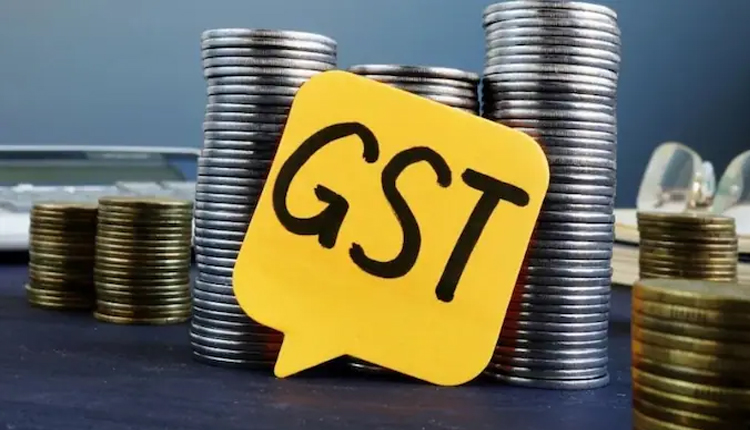New Delhi: In a bold move set to reshape India’s economic landscape, the Union government’s sweeping Goods and Services Tax (GST) reforms, dubbed GST 2.0, are poised to inject a staggering ₹20 lakh crore into the nation’s GDP, according to Union Minister Ashwini Vaishnaw.
Speaking at a press conference at the BJP headquarters on Saturday, Vaishnaw hailed the reforms as a transformative step that will boost consumption and drive India towards becoming the world’s third-largest economy, while dismissing any connection to US tariffs as mere coincidence.
A Streamlined Tax Regime
The revamped GST structure, effective from September 22, simplifies the earlier four-tier tax system into two primary slabs — 5% for essentials and 18% for most goods and services. A third, 40% slab has been introduced for luxury and sin goods like tobacco, high-end vehicles, and premium products.
This overhaul, announced by Prime Minister Narendra Modi during his Independence Day address on August 15, is designed to ease the tax burden on consumers, spur demand and streamline compliance for businesses.
However, the government estimates an initial revenue shortfall of ₹48,000 crore, a trade-off it believes will be offset by long-term economic gains.
No Link To US Tariffs
Vaishnaw, addressing speculation about external pressures, particularly US President Donald Trump’s tariffs on Indian exports, clarified that the GST reforms were in the works for over 18 months, predating the US elections. “This is part of PM Modi’s vision to reform, perform, and transform. External factors like US tariffs have no bearing on this initiative,” he asserted, emphasising that the groundwork began well before global trade tensions escalated. The minister’s remarks aim to quell narratives linking India’s domestic policy to international trade dynamics.
₹20 Lakh Crore Economic Surge
At the heart of the government’s optimism lies consumption, which accounts for over 61% of India’s GDP. Vaishnaw painted a vivid picture of the reforms’ potential: “Our GDP stands at approximately ₹330 lakh crore, with ₹202 lakh crore driven by consumption. A mere 10% increase in consumption could add ₹20 lakh crore to the economy.” This back-of-the-envelope calculation underscores the government’s belief that lower taxes on essentials — ranging from toothpaste to small cars — will put more money in consumers’ hands, fueling demand and industrial growth.
Sectoral And Fiscal Impacts
The reforms, approved by the GST Council on September 3, also address long-standing issues like inverted duty structures and compliance complexities, benefiting sectors such as agriculture, healthcare and small-scale industries. For instance, GST on health insurance premiums has been slashed to zero, and small cars now attract an 18% tax instead of 28%. Experts predict these changes could add 0.5% to GDP by FY26, with SBI Research estimating a ₹1.98 lakh crore consumption boost. However, some states have raised concerns about revenue losses, with estimates ranging from ₹80,000 crore to ₹1.5 lakh crore, highlighting the federal challenges of implementing such a bold reform.
A Festive Economic Gift
As India braces for this economic leap, the GST 2.0 rollout is being pitched as a festive gift ahead of Navratri, promising cheaper goods, smoother business operations, and a robust economic future. Whether this ambitious vision translates into reality will depend on execution and the resilience of India’s consumption-driven economy in the face of global uncertainties.



Comments are closed.